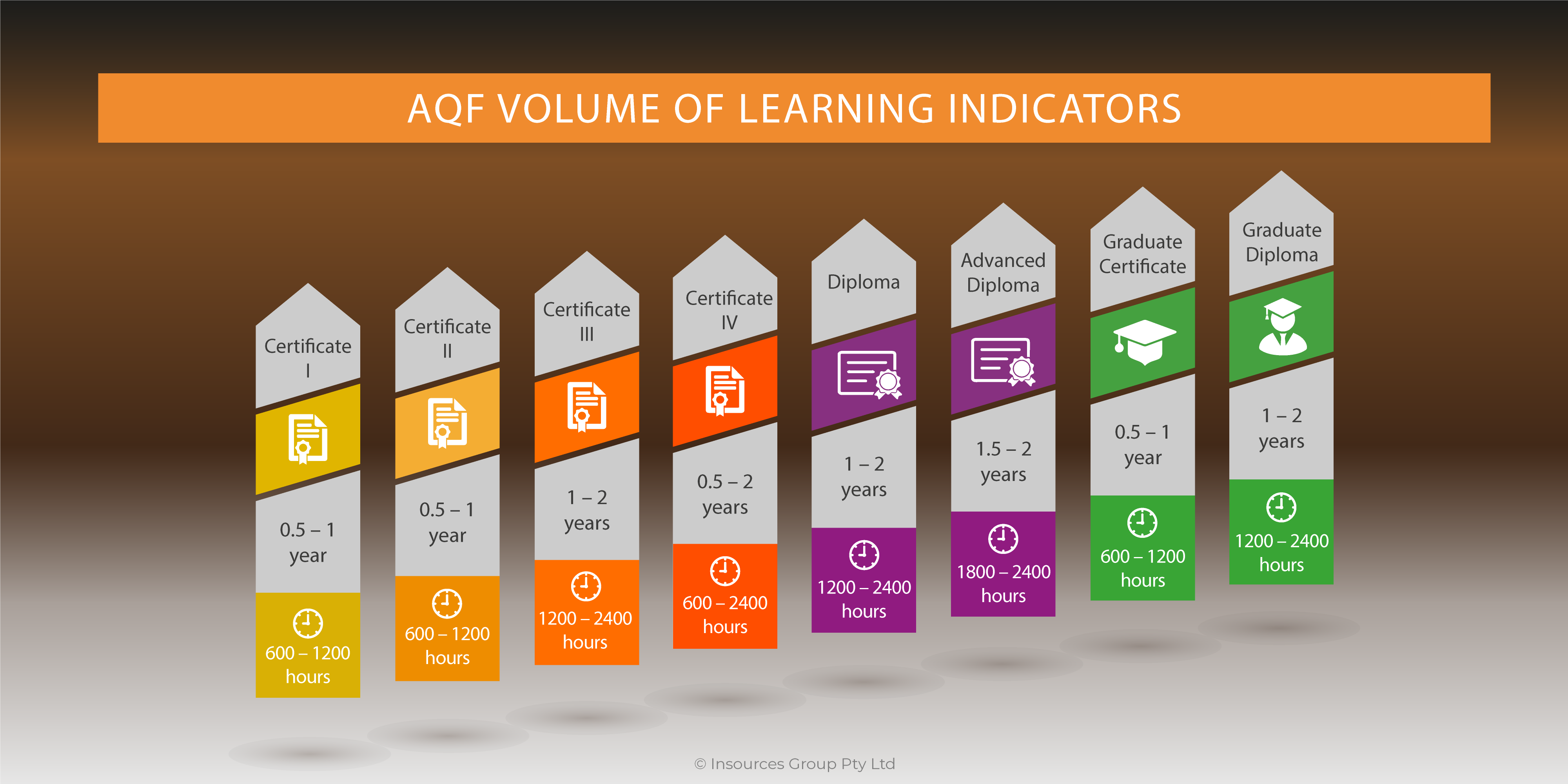Lessons from World TVET Conference 2015 – Day one
Vocational development is a lifelong journey and VET providers must prepare individuals for advanced occupational standards that have evolved from work-task based to work-process focused.
It was a pleasure and an honour for me to present at the World TVET Conference 2015 in Kuching, Malaysia. Education and training professionals from around the world had the opportunity to get together for a few days and discuss the transformation and globalisation of technical and vocational education and its effect on developing living skills in the 21st century.

In a globalised economy, with complex production processes that spread beyond national borders, countries GDP depends, among other parameters, on its capacity to add value to the production chain. Consequently, highly skilled workers are needed in the workforce of a country that wants to take a share of those high valuable and most profitable processes.
Dr. Pang Chau Leong, Director of the Department of Skills Development, Ministry of Human Resources, Malaysia, shared Malaysia’s goal of increasing by 10% the number of individuals with VET qualifications in the workplace by 2020, as part of a strategy to transform VET to meet industry needs. “In progressing towards an advanced nation, we will need more high-skilled workers,” Dr Pang said.
The need to develop more highly skilled workers is a constant challenge for every nation’s
Government, to raise its economy, support social equality and provide better work opportunities for its population. But, what constitutes a highly skilled worker for today’s industrial environment?
The world of work has changed since the introduction of cyber-physical systems, and today’s highly skilled workers must not only be competent in performing specific tasks, but must also have a broader understanding of work-processes. Dr. Georg Spoettl from University Bremen, Germany, stated the importance of developing “… curriculum and the appropriate methods of instruction for conveying the competence for successful performance at today’s and tomorrow’s high-tech workplace…” and the need to transform the objectives of VET programs “from mastering narrow skills we need to shift our emphasis to mastering broad competences”.
I don’t believe in the contest between University and VET. It is time to see University and VET as a partnership and complementary tools to support lifelong learning of individuals. Vocational education’s contribution to society must be considered beyond the traditional vocational preparation of individuals for specific work tasks, but as integral support during different stages of an individual’s vocational development. Within this context, VET must coexist with other types of higher education programs, inside and outside universities, providing an opportunity for connecting knowledge with application, by defining vocational fields that connect learning with occupational standards and practices.
This later connection is at the core of VET’s success. To achieve the ultimate goal of meeting industry needs we must break the “glass wall” defined by Dr Wahid Razzaly from UTHM University, Malaysia. The use of a competency model is more than describing the outcomes of work tasks as learning competency standards. The use of competency standards required alignment of learning objectives with business needs, and that can only be achieved when vocational curricula has been designed to address performance needs that will have an effect on business results, and will add value to the work process.
In a volatile and dynamic globalised industrial environment, work processes are continuously changing, and performances must be continuously adjusted. This is why vocational education providers must have a range of industry engagement strategies, to break the “glass wall”, to “… learn from companies, and learn together with companies” as suggested by Prof. Olga Oleynikova, Director of Center for VET Studies in Moscow, Russia.
 Industry’s lifecycles have a definitive effect on VET. We prepare individuals to develop skills and knowledge required to perform different tasks in a particular industry, and we support them to maintain their competencies, as these tasks evolve and change. Recent history is proving that those industry lifecycles are shorter, and the pace of changes in work-processes and tasks is increasing at an incredible rate. Therefore, the partnership between VET providers and industry must be stronger to maintain relevance of vocational education curricula and industry needs.
Industry’s lifecycles have a definitive effect on VET. We prepare individuals to develop skills and knowledge required to perform different tasks in a particular industry, and we support them to maintain their competencies, as these tasks evolve and change. Recent history is proving that those industry lifecycles are shorter, and the pace of changes in work-processes and tasks is increasing at an incredible rate. Therefore, the partnership between VET providers and industry must be stronger to maintain relevance of vocational education curricula and industry needs.
The Australian Qualification Framework (AQF) provides the conditions for VET and Universities to coexist and work together, while National Training Packages are developed to support vocational education providers and industry players to break the glass wall and engage in aligning training with industry needs, without compromising individuals’ development. The use of consistent occupational standards across the industry has proved to have a positive effect on VET’s relevant courses, enrolments and completion rates.
Vocational education and training professionals must use these tools to develop and implement training that respond to current advanced occupational standards, considering the fact that vocational development is a lifelong process, that requires enhancement of self directed learning, and conveying a holistic understanding of work-processes.
From a government perspective, we need a modern regulatory framework that is responsive to the concept of advanced occupational standards that recognises the complexity of the current industrial environment. This means it is imperative that our regulatory framework is strategically reviewed to set and enforce the required conditions for the development of higher-skilled workers.
Government must work with industry stakeholders to establish, adopt and, in some cases, enforce national occupational standards that will support further development of VET.
It is important also for government to promote vocational education, not only as “… vocational preparation for work, but shifting the focus to the stages of vocational development, as an individual’s lifelong process of building one’s career”. (Dr. Georg Spoettl).
The Australian government must increase funding in VET if we are to support current and future industry needs, but we require a renovated funding structure, and shift priorities to fund outcomes and not just buying seats in a classroom, or a login in an online training program. Currently, this is one of our weakest areas with funding schemes that are not aligned to outcomes, but this is the topic of another article.




